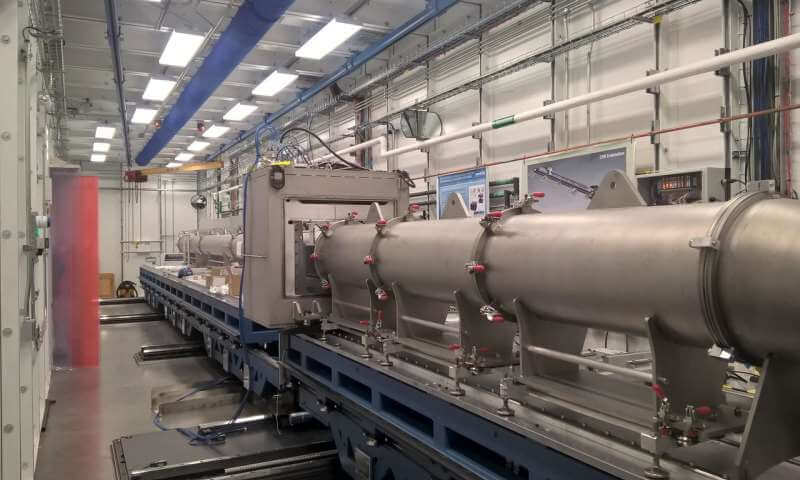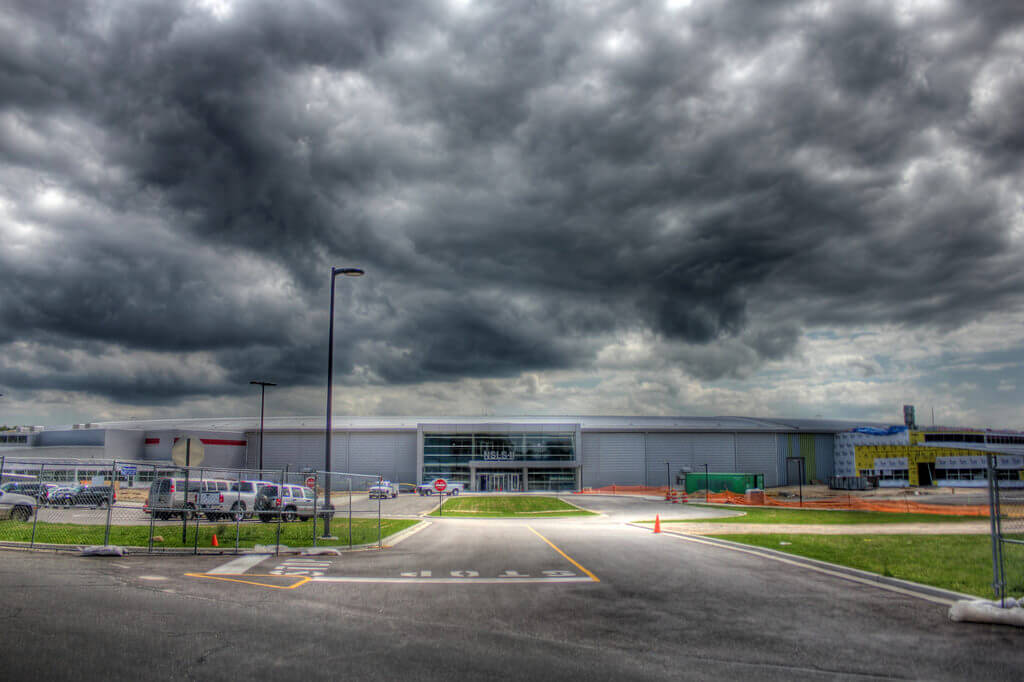The US Air Force Research Lab has taken to the National Synchrotron Light Source II — a huge beamline facility for experimenting with light — to better understand dynamics of 3D print-strengthening materials.
The US Air Force is slowly waking up to the huge benefits of using 3D printing. However, with fused deposition modeling in mind, they feel the tech is currently unfit for “warfighting”. Poor or uneven layer bonding being the prime culprit, it’s understandable that this armed force is cautious of its use on the battlefield.
More military print tech: R.A.M.B.O. is a 3D Printed Grenade Launcher Made by U.S. Army
However, the possible benefits of 3D printing replacement Air force-specific thermosetting resin parts quickly and cheaply while in the field is an undeniable draw. And so to investigate ways to enhance the strength of such prints the USAF’s research wing, the AFRL, sought to use Brookhaven National Laboratory’s National Synchrotron Light Source facility.
The aim of the research at the Synchrotron is to better understand the physical properties of reinforcement fillers, and the enhancement of them using nanofillers. Proven and effective reinforcement fillers would nudge 3D printing thermosetting resins into viability.
By blasting them with super-bright X-rays, they hope to determine the behavior of such fillers and nanofillers. And thus, the precise perimeters with which they will strengthen 3D printed parts.
Taking to the X-Ray Photon Correlation Spectroscopy beamline, the researchers were (literally) able to view the materials, real-time, in a new light.

Seeing the Unseen
Speaking about the endeavor, Materials Scientist Dr. Hilmar Koerner said “We were awarded beam time at the XPCS beamline, which allows us to simultaneously look at the dynamics and structure of materials during processing with millisecond time resolution“.
Working with the specialists at Brookhaven, the X-ray beamline allows the AFRL to pass ultra-bright X-rays though the deposited material layers. The specific example given regards carbon fiber as a reinforcement filler. Distributing nanomaterial filler within the carbon fiber filler itself allows a structure to form, which gives desirable characteristics when used to strengthen print bonding.
It has been likened to the viscosity of toothpaste. Flowing when pressure is exerted on it, at rest the gel retains its shape and form. When extruded the carbon fiber composite material flows, but seconds later at rest acts just like the toothpaste as the nanoparticles within settle in a random orientation and form self-supporting characteristics.
By bombarding the X-ray beamline through the printing process, they gather valuable information on the alignment and dynamics of nanofiller, testing varying compositions and amounts to optimize the process.
The AFRL will take the data from this study and fold it back into their work, including closed-loop feedback controls for their 3D printer systems and higher temp material classifications.
Source: Tech Xplore

License: The text of "AFRL Researchers Study Print-Strengthening Fillers Using X-Rays" by All3DP is licensed under a Creative Commons Attribution 4.0 International License.